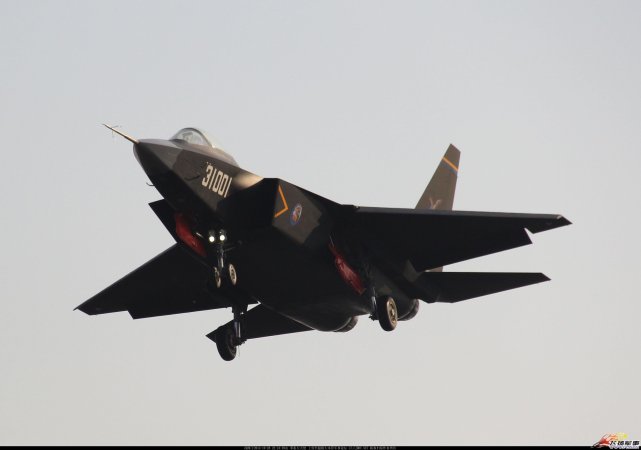

Yesterday, DARPA released their latest vision for the future. As the far-seeing technological eye of the Defense Department, DARPA’s had its hand in everything from the launch of stealth fighter jets to the birth of the Internet. So when they predict the future, it’s likely they’re in a place to make that future come true. Here are four future technologies the DARPA report highlights, which we can expect to see in the battlefields of the future.


























